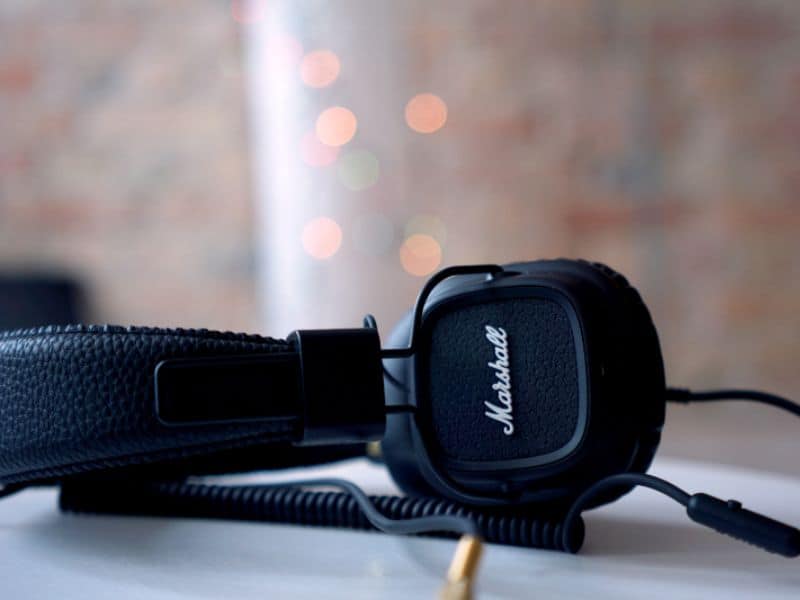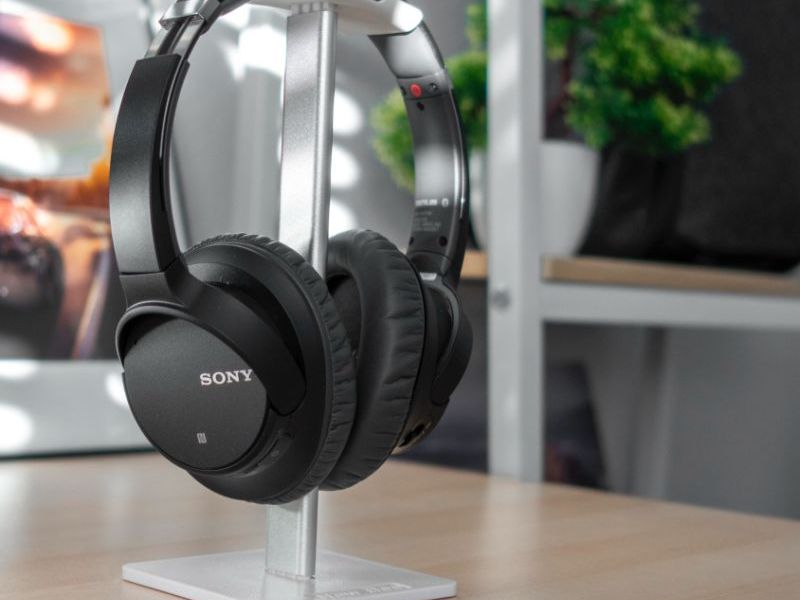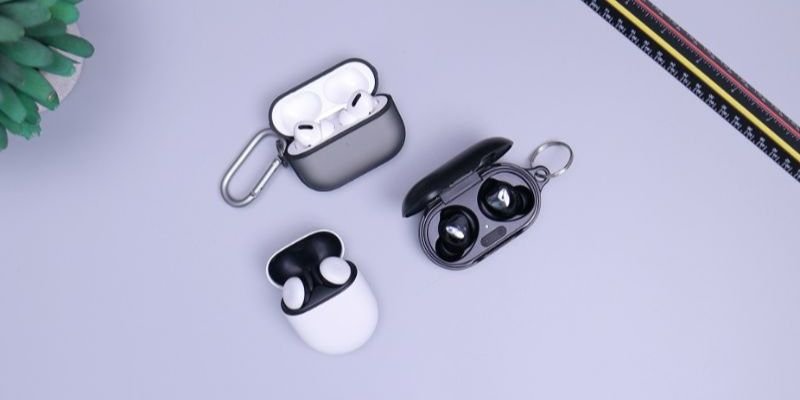1. Closed-back headphones
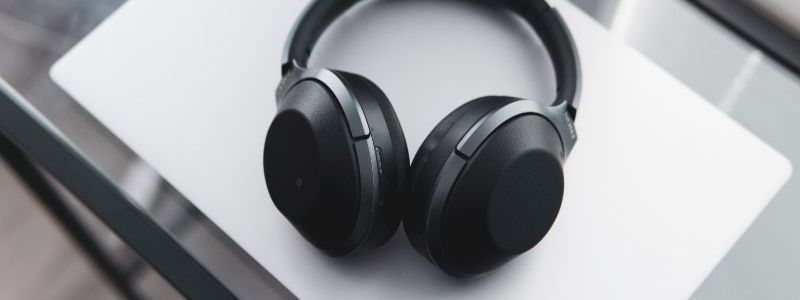
These are the most popular type of headphones as they offer an immersive and private listening experience without being too heavy or uncomfortable. As the name suggests, they are closed at the back, where they cover the ear. They are favoured by musicians and those working in studio settings as they offer high-quality recording that is protected from infiltrating sound.
Pros of closed-back headphones
- Block external noise: being a complete unit against the ear means that sound from the external environment cannot enter as you listen to sound through the headphones and interfere with your listening experience.
- High recording quality: when recording sound, the headphones’ closed nature will ensure that sound does not leak into recordings.
Cons of closed-back headphones
- Stress on the ears: when used over a long period, the continuous and immersive sound coming from the headphones may tire the ears.
- Weight: this type of headphones can sometimes feel heavy on the ears and side of the face when used for a prolonged period.
- Unnatural sound: music can sound a little ‘narrow’ with closed-back headphones, and for some, this creates an unnatural sound that lacks authenticity.
Closed-back headphones are recommended for:
- Recording podcasts and other voice recordings.
- Noisy working spaces.
- Musicians.
2. Open-back headphones

Unlike closed-back headphones, open-backed ones do not ‘cup’ the ear. They offer a more natural listening experience than closed-back headphones and can be more comfortable to wear. They are popular with those who work to mix and master audio as they for the eclectic sound to remain authentic and free from the build-up of competing frequencies.
Pros of open-back headphones
- Weight: they tend to be lighter and more portable than closed-back headphones.
- Airy: being open-backed allows air to flow around the ears and makes for a more comfortable user experience.
- Situational awareness and safety: you will be able to hear any announcements, warnings and traffic noise when wearing open-backed headphones.
Cons of open-back headphones
Sound leakage: sound will leak from this headphones style, which could prove annoying to those around you.
- Low recording quality: open-back headphones do not deliver sound quality that is suitable for high-quality recording.
Open-back headphones are recommended for:
- Listening to music at home where distracting others is not an issue.
- In situations where situational awareness is needed – cycling, walking or running in a built-up area.
- Those working to mix and master sound.
3. On-ear headphones
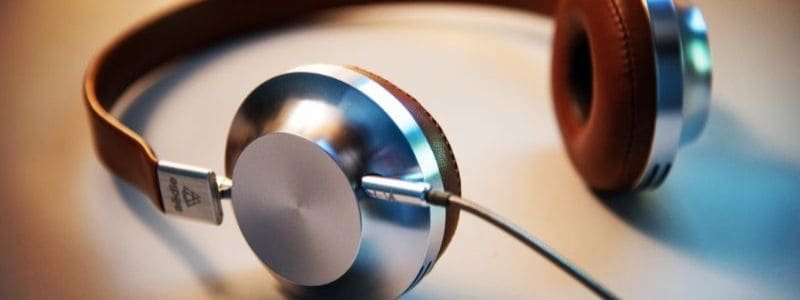
These are the headphones that people tend to favour when looking for headphones to use in a public environment. They can be considered a hybrid of the open-back and closed-back headphones that we have already taken a look at. They sit on the ear and prevent sound leakage, but at the same time, they are not bulky and heavy like closed-back headphones can prove to be.
Pros of on-ear headphones
- Portability: they are easy to carry around, and many come in a foldable version so that they can be put into a bag when not in use.
- Secure: the headphones are not likely to fall off as you run, walk or cycle.
Cons of on-ear headphones
- Uncomfortable: as they sit on the ear, they do push down on it, and this can cause pain if the headphones are used for an extended time.
- Absorbent: because they sit right on the ear, the foam used in the earphones can become a sponge for sweat – not great if you use your headphones for running or during a workout at the gym.
On-ear headphones are recommended for:
- Carrying around with you for use on the commute or at work.
- Suitable for runners, as long as you are willing to change the foam now and again (or resign to the foul odour).
4. Over-the-ear headphones
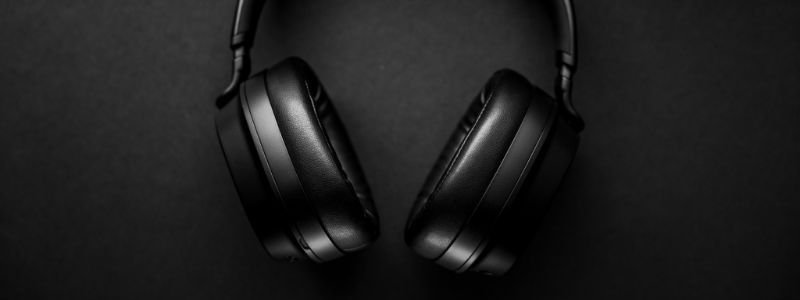
These are the beasts of the headphone world. They feature full cans that result in excellent sound quality. Technically labelled as ‘circumaural’, over-the-ear headphones fully cover the ear and prevent any sound from entering or exiting. They offer superior sound quality in comparison to all other types of headphones.
Pros of over-the-ear headphones
- Sound quality: being close to your ear and fully enclosed means that no type of headphone offers better, more authentic sound, bass and treble quality than that provided by over-the-ear headphones.
- Comfortable to wear: despite their size, these headphones are the most comfortable type to wear for long periods because they cover the ear rather than pressing on it.
Also try: Awesome accessories for your headphones
Cons of over-the-ear headphones
- Size: the large size of these headphones means that they are not very portable and need consideration when it comes to storage.
- Cost: there are fewer price points for over-the-ear headphones, and you should see a good pair as an investment.
Over-the-ear headphones are recommended for:
- These are the best headphones if you are looking to create professional recordings. They are also suitable for gaming and in environments where listening integrity and sound authenticity are essential.
- If you are looking for a private, immersive and intimate listening experience, then these are the headphones to go for. They are great at blocking out the outside world and allowing you to escape into the music that you’re listening to.
5. In-ear headphones
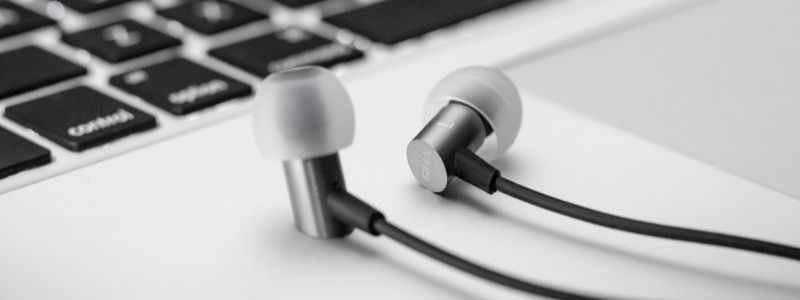
Effortlessly portable and easy to hide from others (there are cruel music-hating bosses out there), in-ear headphones are a popular choice with runners and office workers alike. They offer a high level of versatility and can be used with a range of devices and in a range of locations. They are great for travel and for exercising.
Pros of in-ear headphones
- Portability: they are small enough to be pushed into the pocket of your trousers when not in use.
- Cost: in-ear headphones can be purchased at a low price, and many phones even come with a pair.
- Adjustable: a good quality pair will come with changeable ear tips that you can adjust depending on your ear’s shape and your listening experience.
Cons of in-ear headphones
- Uncomfortable: many pairs of in-ear headphones (especially the cheaper versions) can become irritated, even after just a short time. This can be due to the cheap, rigid plastic that some cheaper versions are made from, and it can also just be due to the shape of your ear not being suitable for the headphones you have purchased.
- Sound quality: these are not the headphones for you if you are picky about sound quality as they are devoid of the ability to offer any of the depth or volume needed for an authentic listening experience.
In-ear headphones are recommended for:
- Using at the gym or when running. They are also a good option if you need to hide the fact that you are wearing headphones.
- Those who like their music at a safe volume (these are inserted directly into the ear, having your music set to ‘blast’ can be damaging).
- Use by only one person. Unlike other headphones covered in this guide, in-ear headphones are not something that you are likely to want to share with others.
6. Earbuds

Similar to in-ear headphones, earbuds are trendy at the moment as they offer the wireless listening capability. In a world where we stream music on the go and phone, manufacturers are more interested in creating folding screens than improving the sound capabilities of their phones, earbuds are becoming the trendy ‘must have’ accessory. Many come with an app that allows you to track, control and charge your earbuds at the touch of a button. Take AirPods as an example, they come with loads of smart features!
Pros of earbuds
- Wireless: this connection makes it easy to use them on the go.
- Portability: being very small in size means that it is effortless to travel with earbuds.
- Fashionable: yes, this matters to some people.
- Connectivity: they can be paired to any device with Bluetooth connectivity.
- Mic: many earbuds contain a built-in mic, which means that you can use them to answer calls and to use hand-free technology such as voice commands and dictation.
Cons of earbuds
- Easily lost: being small and not connected to a wire means that earbuds can be easily lost.
- Charging: if you forget to charge your wireless earbuds, then you could find yourself left without music for your commute to work (the horror!).
Earbuds are recommended for:
- Exercising, hiking and occasions when you need to hide your love of listening to music.
- Those who simply want an easy and portable way to take their music with them when they leave the house.
- For those who want more from their headphones than just music-listening capability.
Delve deeper with our guide on the pros and cons of wireless earbuds
Choosing your headphones
There’s a lot of things to consider when buying headphones. Whether you are looking for a single pair of headphones that will suit all of your listening needs or have a collection of headphones that you are looking to add to, we hope our guide has proven a good starting point for your headphone adventures.
